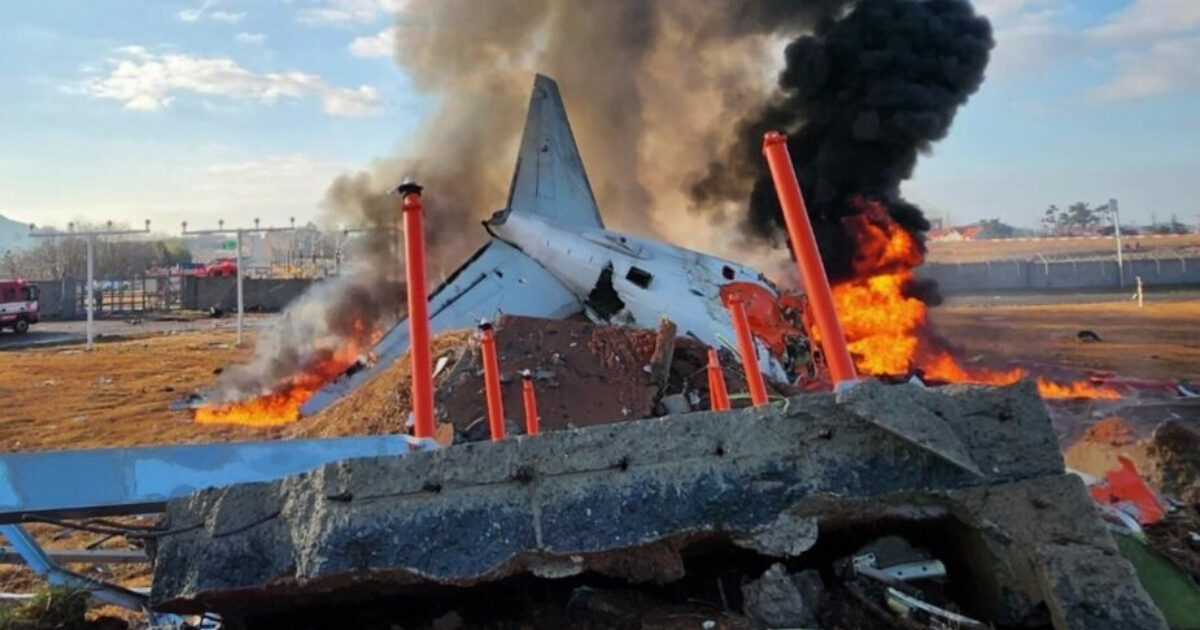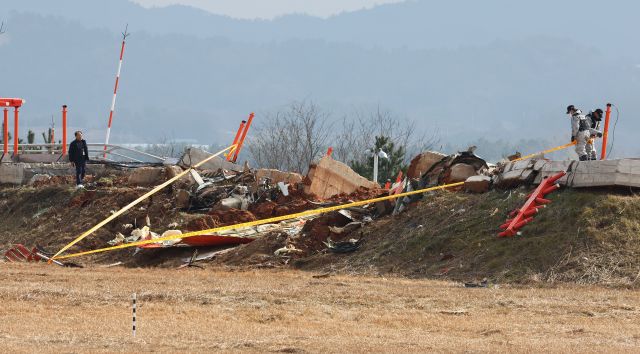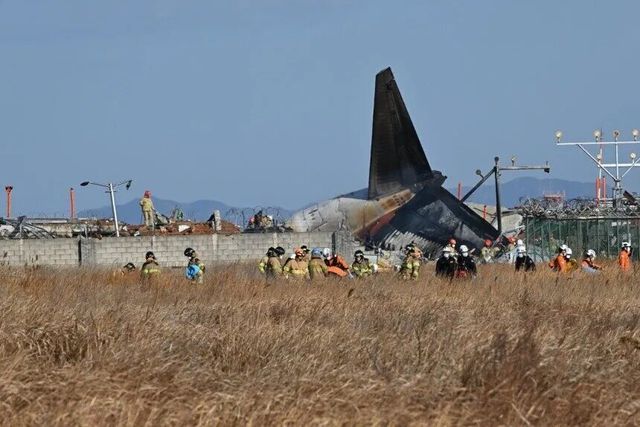The Wall Involved In Jeju Air Plane Crash Reportedly Not Planned To Be Concrete

On December 29, around 9 AM, a Jeju Air plane collided with a wall while attempting to land and caught on fire.

At around 9 PM KST on the same day, rescue authorities officially confirmed that 179 of the 181 passengers on board the flight died from the crash.
On December 31, the Korea Airport Corporation confirmed that they issued a directive to make the localizer easy to break when announcing the design for Muan International Airport.
This has been pointed out as the cause of the Jeju Air plane crash, as it was installed as a concrete mound.
Kookmin Ilbo obtained the March 3, 2020, bid announcement for the Muan Airport Instrument Landing Facility Improvement Project Detailed Design Service by the Korea Airport Corporation.

The task description included the review of measures to secure fragility.
When designing instrument landing facilities such as antennas, tours, and foundations, frangibility must be considered.
Also, when reviewing the location of the landing facility installation, they stated that “review results, including related laws, aviation lights, obstacle restriction surfaces, must be submitted.”
The localizer that was the subject of controversy was one of the instrument landing systems (ILS). Localizers are designed to be easily broken to minimize collision damage in an “overrun” situation, such as the Jeju Air plane crash. This is also under the Ministry of Land, Infrastructure and Transport’s Airport Safety Operation Standards and the ICAO manual.

However, the localizer at Muan installed the antenna on a foundation about 2M high covered in concrete. It used a concrete structure as a type of foundation to support the antenna.
According to the Ministry of Land, Infrastructure and Transport’s standards, objects approved for installation on the runway end safety zone must not have a supporting structure higher than 7.5CM and must be easy to break.
The manual also states the Frangibility Principle as a separate clause, stating that objects or facilities installed in the runway must be installed in a way that can be easily broken or deformed.
The Ministry of Land, Infrastructure and Transport plans to investigate the accident and the mound. It was revealed that the airport built the concrete mound last year when replacing the equipment.